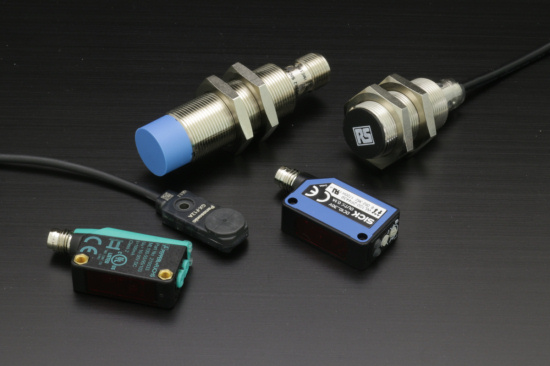
How do NPN and PNP sensors convert to each other?
Global electronic component supplier AMPHEO PTY LTD: Rich inventory for one-stop shopping. Inquire easily, and receive fast, customized solutions and quotes.
NPN and PNP sensors are both types of transistor-based output sensors, commonly used in industrial automation for proximity, photoelectric, or other sensing applications. They differ in how they connect to a controller or PLC (positive vs. negative switching). Converting between them requires understanding of their wiring and signal logic.

1. Difference between NPN and PNP Sensors
| Feature | NPN Sensor (Sinking) | PNP Sensor (Sourcing) |
|---|---|---|
| Current flow | From load to sensor | From sensor to load |
| Switches | Negative (GND) to load | Positive (VCC) to load |
| Output type | Open Collector to GND | Open Collector to VCC |
| Typical in | Japan/Asia | Europe/USA |
2. Why You May Want to Convert
-
Your PLC or controller only supports one type (e.g., only PNP inputs).
-
Standardizing sensor types in a mixed system.
-
Replacing a sensor with the opposite type.
3. How to Convert:
A. Use an Interface Relay
Easiest and most reliable method:
-
Use a relay or optocoupler between the sensor and input device.
-
The relay will isolate the signal and allow any type of sensor to control any type of input.
Example: Converting NPN to PNP
-
NPN sensor drives relay coil (when ON, it sinks current).
-
Relay contact connects V+ to PLC input → Emulates PNP behavior.
B. Use a Transistor Inverter Circuit
For low-cost or embedded solutions:
-
Use an NPN/PNP transistor pair or logic inverter circuit.
-
Converts sinking output into sourcing, or vice versa.
Example: NPN to PNP Converter:
-
NPN sensor output → base of PNP transistor.
-
When sensor turns ON (pulls low), PNP transistor conducts, pulling output high.
C. Use a Logic Converter Module
-
Many automation vendors sell signal converter modules that convert NPN ↔ PNP.
-
These often include opto-isolation and reverse polarity protection.
4. Important Considerations
-
Power supply polarity must match the input system.
-
Always check the input type of your PLC (sinking or sourcing).
-
Watch for voltage level compatibility (e.g., 24V vs 5V logic).
-
Some sensors can be configured as either NPN or PNP (selectable models).
